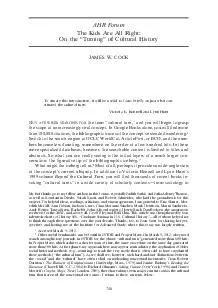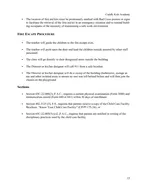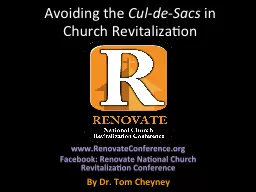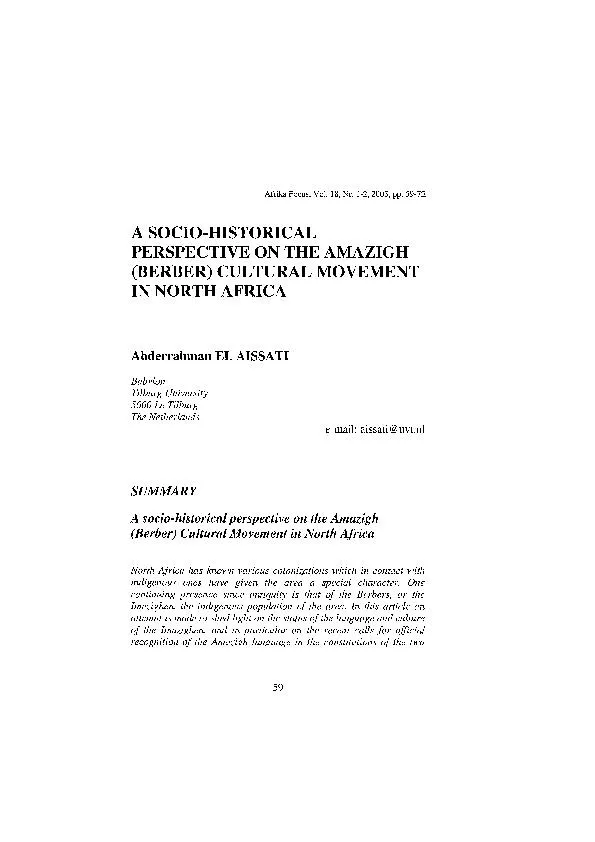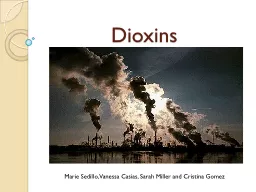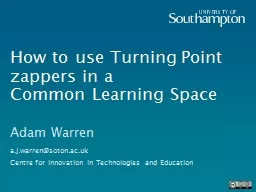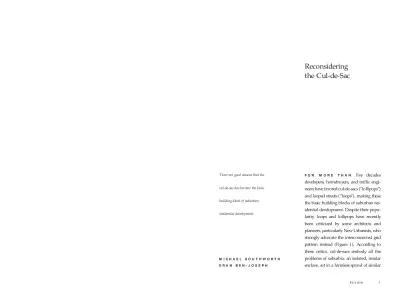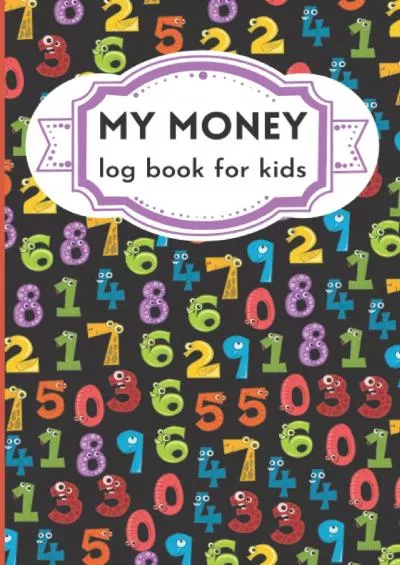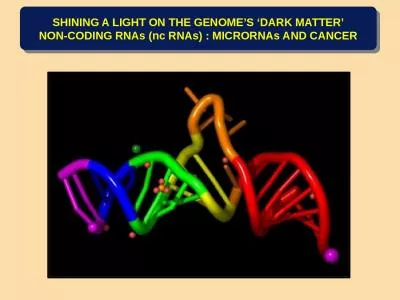PDF-AHR Forum The Kids Are All Right On the Turning of Cul
Author : lindy-dunigan | Published Date : 2015-04-07
COOK To situate this introduction it will be useful to focus brie64258y on just what con stituted the cultural turn Victoria E Bonnell and Lynn Hunt UN A FEW WEB
Presentation Embed Code
Download Presentation
Download Presentation The PPT/PDF document "AHR Forum The Kids Are All Right On the ..." is the property of its rightful owner. Permission is granted to download and print the materials on this website for personal, non-commercial use only, and to display it on your personal computer provided you do not modify the materials and that you retain all copyright notices contained in the materials. By downloading content from our website, you accept the terms of this agreement.
AHR Forum The Kids Are All Right On the Turning of Cul: Transcript
Download Rules Of Document
"AHR Forum The Kids Are All Right On the Turning of Cul"The content belongs to its owner. You may download and print it for personal use, without modification, and keep all copyright notices. By downloading, you agree to these terms.
Related Documents

